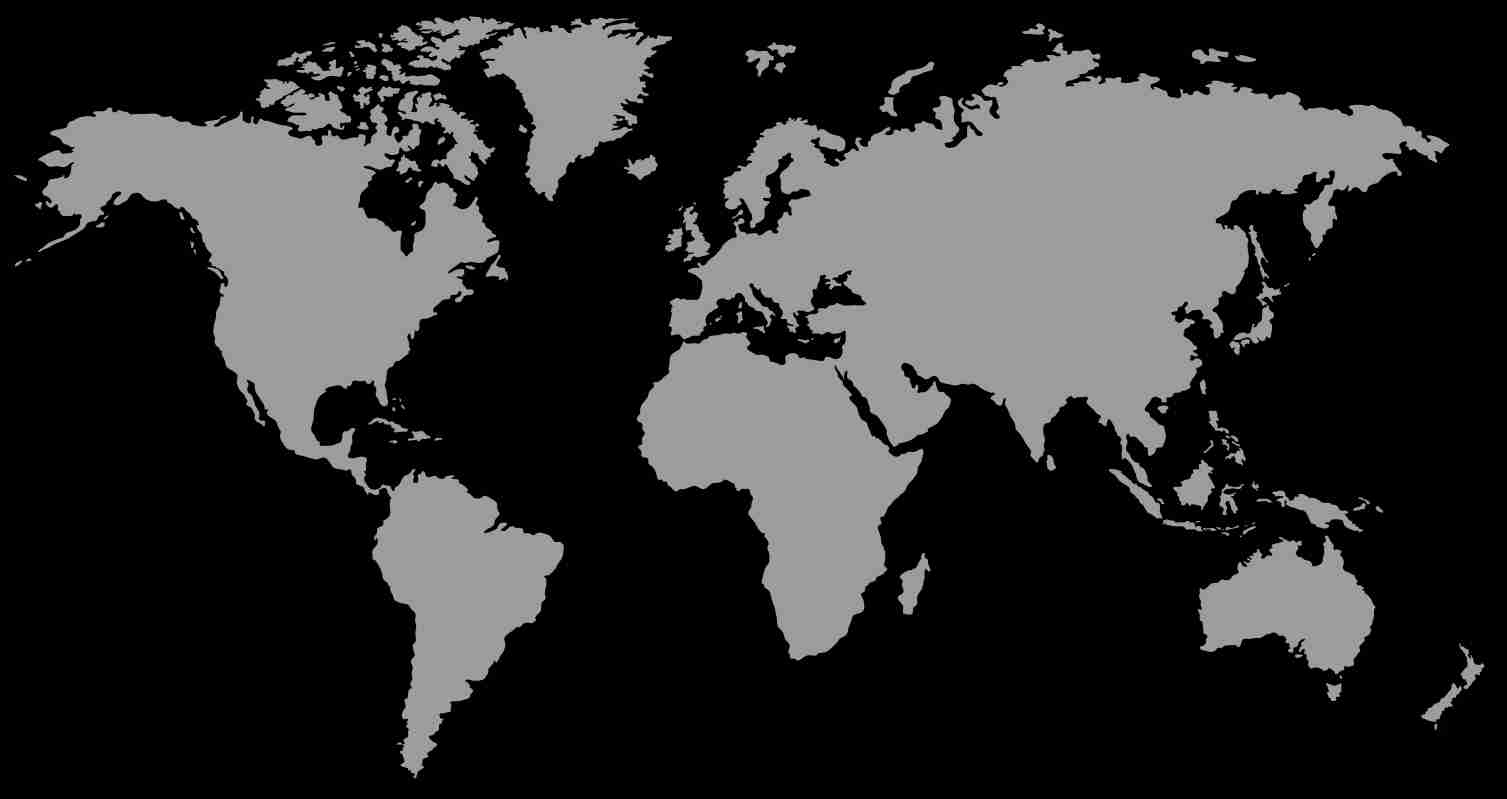
Cuba After Irma – Is it Safe for Tourists?
BlogThe Cuban People
To Cubans, however, Hurricane Irma was the latest in a long line of superstorms to hit the island over its history and was another problem to overcome. The country has a proud record of looking after its people and visitors during times like this and acted swiftly to evacuate people from the most dangerous areas, saving many lives in the process. As the storm moved away and the violent winds subsided, people began to assess the damage. The streets near the Havana seafront were flooded, yes, but pictures of kids surfing the floodwater on doors, and even a part-submerged game of dominoes in the street, told much about the Cuban spirit and attitude.
Within days, our local partners were telling us that roads were open, casas were welcoming guests, excursions were operating as normal, and electricity – although patchy – had been restored in most places. Cubans had already set about clearing the debris, and repairing their homes, vehicles and businesses using whatever was available to them – they have learnt to be pretty resourceful over the years! Some places along the northern coast, including popular beach destinations like Cayo Santa Maria, had been heavily damaged and would take a longer to repair, but the majority of the country’s towns and cities were open for business as usual.


First hand
Our colleague Edith was actually travelling through the country with her Cuban boyfriend Jesus when the hurricane hit, and in the days after the storm, they made their way from Guardalavaca in the east back towards Vinales in the west, following Irma’s path. She was following news updates from her native Holland and was surprised by the severity of the reports and strong government advice not to travel.
“Everyone was helping each other out to clear up, it’s just the way it is in Cuba. People who had nothing to do would be clearing the roads of debris, and then the government trucks would come and collect it soon after. We had to cancel our stay in Remedios since the casa’s lounge was flooded, but within a couple of days many things were operating almost as normal, and towards the west of the country you would struggle to tell that there had been a hurricane at all. Even in Havana, just 3 days after the storm hit we were sitting in cafes in the old part of town, watching plenty of other tourists enjoying the city, and the water had gone completely”.
Edith did also hear of coastal towns which were not so lucky, and the people here will need more time and help to get their lives back on track. The majority of the country is already functioning almost as normal, however, and is ready to welcome visitors.
Here’s the thing
Cuba wants people to visit now more than ever since the income from tourism is vital in terms of rebuilding their lives and businesses. In many cases, the owners of casas particulares and small restaurants rely upon a steady flow of guests in order to support themselves and their families, and the money flows throughout their communities. With repairs to do and belongings to replace, this is even more important than usual.
Cuba took a big punch in the stomach, but it’s still standing and is as vibrant and welcoming as ever.


